Limhamn / Lagune
Marina near Malmö (Limhamns Hamnområde)
Latitude
55° 35’ 53.1” NLongitude
12° 56’ 15.9” EDescription
LIMHAMN NORTH/LIMHAMN: A typical suburban marina in the city of Malmö on the edge of the "central harbour" of Limhamn.
NV Cruising Guide
Navigation
The approach to the unlit harbour is normally possible day and night because of the general lighting. The last part before the harbour entrance is buoyed, 3m water depth. Due to weather conditions there can be a very strong cross current in front of the harbour.
Berths
Guest yachts are moored on free places marked by green signs. The water depth is approx. 2,6m.
Surroundings
In the 2km distant center of Limhamn or in Malmö you find all supply possibilities. The harbour has STF guest harbour standard.
NV Land Guide
Since Malmö's commercial harbour is not open to pleasure craft, pleasure boaters have to make do with the suburban harbours of Limhamn West and Limhamn North. The distance of these marinas to the city centre of Malmö is about three kilometres. If you don't have time to go there, you can visit the Limhamns Museum in Limhamnsvägen near the south harbour. It is a cottage furnished as an old fisherman's hut. Those who attach importance to supply possibilities should moor in the south harbour. In this huge harbour, there is at least a café-restaurant and the ways to the shops are not as far as in the north harbour (also called Lagunen) that is located one kilometre further to the north. In favour of the barren North Harbour is the shorter distance to Malmö's "city centre" and the quieter location, because in the immediate vicinity of the South Harbour the ferries to Dragør start and the concrete silos of a cement plant are part of the scenery.
The Malmö suburb Limhamn is known for its unique recreational area Limhamnsfeld, which consists of large green and sports fields where you can play football, handball, rugby and golf or just go for a walk. The recreational field borders the beautiful Ribersborg beach (northeast of the sports boat harbour) with bathhouses and jetties. If you want to see more, head to the centre of Sweden's third largest metropolis. The beautiful old town quarters and extensive green areas are well worth a visit. The city of 240,000 inhabitants is the economic and cultural centre of the Skaane region and is therefore richly blessed with industrial facilities, but also with sights. It is also called the "City of Parks."
Situated directly opposite the Danish capital Copenhagen, Malmö was an important trading and shipping port as early as the 13th century. But it was the brisk trade with the Hanseatic League, which filled its herring barrels here, that caused the population to explode in the 14th century. Among the German seamen, Malmö was known as Ellbogen at that time - because of its coastal shape. The people of Malmö point with pride to the fact that their city was once able to compete with the Swedish capital. In the 16th century, Malmö developed such economic and cultural vitality that the people of Stockholm had to fear falling behind. This did not please many Swedes at all because of the close connection of the country part Skåne to Denmark. Still today the inhabitants of Skaane are asked ironically whether Denmark belongs to Skåne or Skåne to Denmark. Especially in the pronunciation of Swedish the inhabitants of Skaane have preserved such an independence that subtitles have to be broadcast on Swedish television when a "real Scania" speaks. Yes, they are even accused of deliberately maintaining the creaky pronunciation, just to avoid being considered real Swedes. To the annoyance of the people of Malmö, they did not succeed in overtaking Stockholm during the Middle Ages. The city even fell back to sixth place in the city ranking around 1800. The mighty fortress Malmöhus, built in 1536 by the Danish King Christian II, also dates from the time when Malmö fought with Stockholm for the leading position. The first castle from the 14th century was destroyed by the citizens of Malmö during an uprising against the Danes. The rebuilt fortress Malmöhus at the same place played an important role as a base for the Danish empire. From here it was possible to control the southern part of the Øresund. The loss weighed heavily when the Danes had to surrender the city and Malmöhus to the Swedes in 1658. Only in 1677 did the Danes manage to gain a foothold in Skåne for a short time and take possession of Malmöhus once more. Many a nobleman was imprisoned behind the brick walls surrounded by a deep moat. Even Mary Stuart's unlucky third husband, Lord Bothwell, was imprisoned here from 1568-73. The present fortress has little in common with the original Malmöhus after alterations and a devastating fire in the 20th century.
The castle, which lies to the west of the old town, is now a museum with exquisite natural history and local history collections. Also on display is turn-of-the-century Russian and Norwegian art. The castle park with the castle mill built in 1851 is also worth a visit. Among other things, there is a sculpture worth seeing by the well-known artist Carl Milles: Man and Pegasus. About 300 metres west of Malmöhus, on Malmöhusvägen, is the Technical and Maritime Museum, which houses old means of transport of all kinds. The palette ranges from Viking ships to locomotives, cars, airplanes and submarines. In the Komandantenhus, opposite Malmöhus, there are re-enactments of the battles that once took place around the coastal town. You can also see the weapons of days gone by: old cannons, muzzle-loaders... The city centre is Stortorget, the Great Market, built in the 16th century. It is also the centre of the old town, which is separated from modern Malmö by a canal belt. The Stortorget is considered as the biggest market place of Northern Europe. The equestrian statue of King Charles X, who finally liberated Skåne from the Danes in 1658, towers over the square. The town hall with its Dutch Renaissance façade at the edge of the market square has a tavern in the basement. The pretty front of the building is adorned with figures, including the goddess of law, Themis. Shipping, crafts, agriculture and trade are symbolised. If you visit Stortorget, you should also take a look at the Lion Pharmacy with its centuries-old furnishings. The Jörgen Kocks Hus by the Great Market near the elegant Hotel Kramer, which is over 100 years old, is considered the most beautiful house (1522) from Malmö's heyday. Sandstone figures such as the Virgin Mary adorn the building. However, most of the decorations are copies. The originals are in the museum of Malmö. Among the famous guests of this house was also the Swedish king Gustav Wasa during the negotiations with the Danish king and the Hanseatic League. Today the house, built for the mayor Jörgen Kock, is mainly known as a pub. In the basement is the famous restaurant "Kockska Kragen". Lilla Torget (the little market), which borders Stortorget, has many well-preserved half-timbered houses, making the market one of Sweden's most impressive cultural monuments. The market square, paved with cat's head stones, is flanked by houses from the 17th and 18th centuries, such as Faxe's House, Hedman's Farm, Aspegren's House and Ekström's Farm. From the terrace of the cosy Café Dockhuset you can watch the market happen - and it is market day almost every day. Hjulhamnsgatan leads south to Gustav Adolfs Torget, where buses depart for the city tour. Also in the south, the Södergatan is connected to the Stortorget, a pedestrian precinct at the entrance of which there are some impressive buildings of the turn of the century. The northern side of Gustav Adolfs Platz consists of a row of pompous houses. Because seeing and being seen play an important role here, the street leading along these houses has the nickname "Riviera". The Charlotte Weibull Doll Centre at Gustav Adolfs Torg will be particularly attractive to young visitors. Here, dolls are made in every conceivable size and type. The flock of dolls is led by Pippi Longstocking and Nils Holgersson. The dolls, some of which are elaborately made, come at a price. They can cost more than 1000 crowns, special productions even more than 2000 crowns.
West of Gustav Adolfs Torg begin the large parks of the city centre, which together take up far more area than the old town. They stretch all the way to Limhafen harbour. The Pildammspark with more than 200 trees is the largest park in Sweden. If you want to enjoy the parks and the old town from the perspective of the canal, you can sail around both on the excursion boat "Rundan". The canal ring consists partly of the old fortification ditches of Malmöhus Castle. St. Peter's Church, modelled on St. Mary's Church in Lübeck, immediately east of the main market square, is a reminder of the strong German influence in the 13th and 14th centuries. Among the greatest sights of the church, built around 1300 in Gothic style, are the floor tombstones, the Krämerkapelle with 16th-century lime paintings and the baptismal font from 1601. The Gertrudsviertel (a few hundred metres east of the railway station and Hauptmarkt) is a monument worth seeing with its more than 20 historic buildings. Horse stables, granaries, packing houses and residential buildings dating from 1530 to 1919 have been restored and rented out to public and private institutions. Theatre, film and music groups as well as all kinds of communities and organisations have moved into the old houses and merchants' yards. 200 metres east of the Gertrud quarter stands the Carriage Museum on Drottningtorget, once a riding house for the hussars and now an exhibition space for horse-drawn carriages from various eras. The square in front of the museum, where the hussars used to drill, is now a fruit and vegetable market. At St. Johannesgatan 7, Malmö has one of the largest and most remarkable art halls in Scandinavia, where exhibitions of Swedish and international artists are shown. You can buy art books and art cards. If you are interested in modern design, don't miss the design centre at the small market (Lilla Torg). The fastest connection from Malmö to Copenhagen are the hydrofoils. They cover the distance from centre to centre in 45 minutes. The boats start from Inre hamnen (Inner Harbour), about 300 metres north of the main market. A few steps away are the main train station and the tourist office, where you can buy the Malmö Card. Among other things, it allows free travel on the green buses within Malmö. Admission to many museums and leisure facilities is free with the card. A guided tour of the city, a canal cruise on the Rundan, admission to saunas, a visit to the Kronprinsen cabaret restaurant or the Crown Night Club and admission to the Jägersro harness racing track are free for card holders. A recommended destination in the Malmö area is Torup Castle (15 kilometres east of Malmö). The two-towered castle has hardly been changed since it was built in 1540. The park is open all year round, the castle only on a few summer days.
Marina Information
| Max Depth | 2.6 m |
Contact
| Phone | +46 40 16 04 30 |
| Please enable Javascript to read | |
| Website | http://lagunen.nu |
Surroundings
Electricity
Water
Toilet
Shower
Garbage
Comments
You can add comments with the NV Charts App (Windows - iOS - Android - Mac OSX).
You can download the current version at nvcharts.com/app.
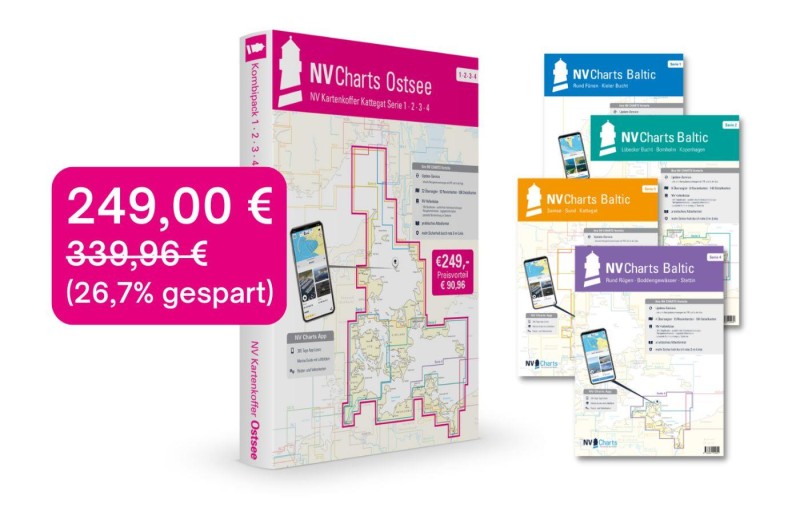
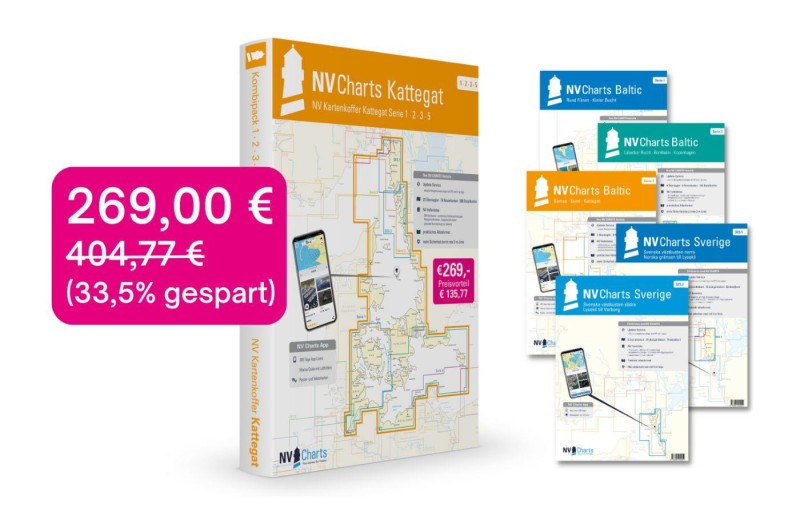
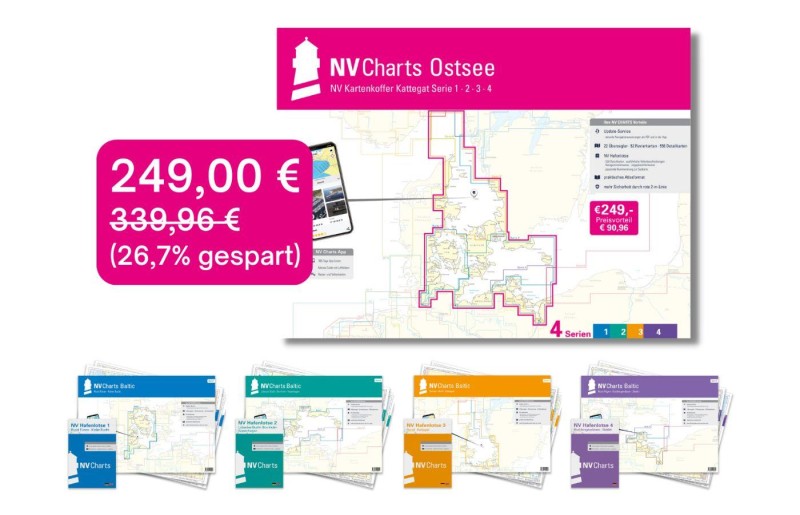
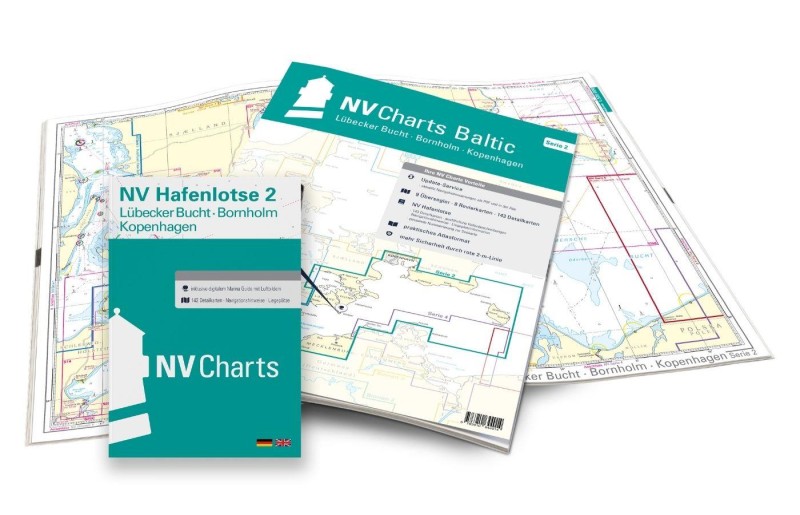
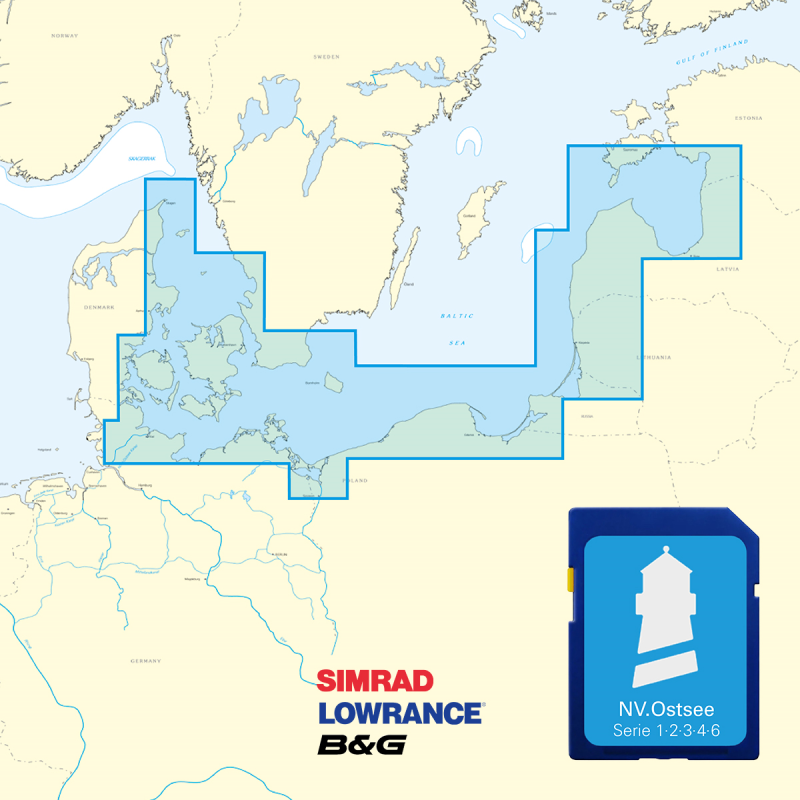
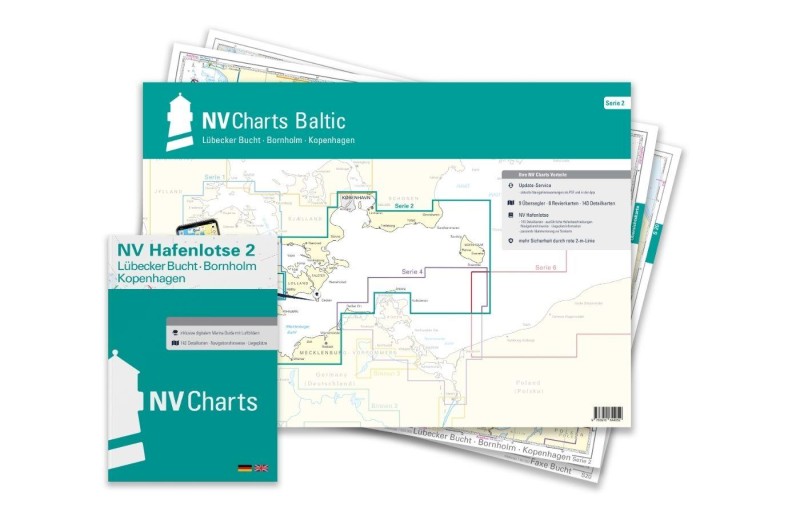
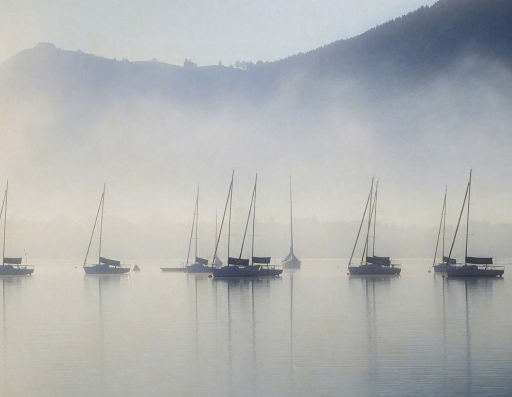
No comments or ratings have been added to this POI.